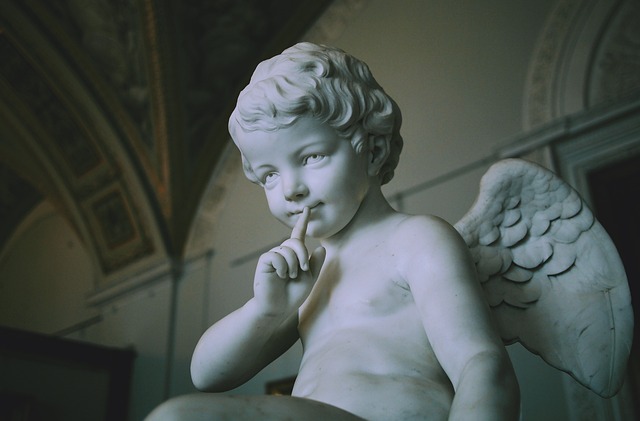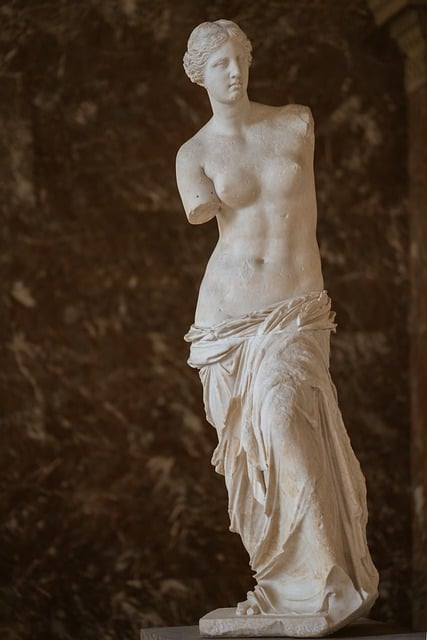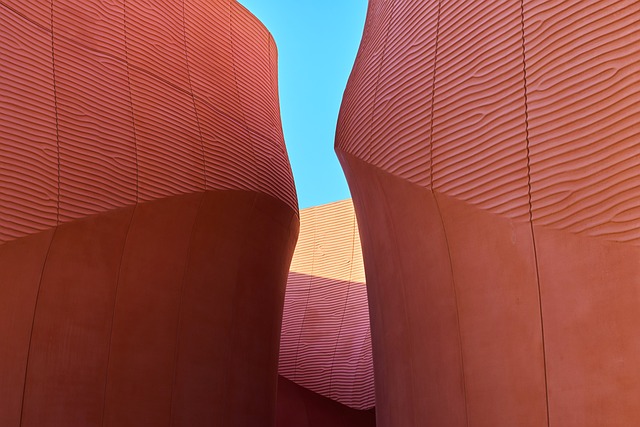The Art Explorer’s Toolkit: Essential Insights for Museum Visits
Visiting a museum can be an exhilarating experience, a moment when art springs to life and history becomes tangible. However, to make the most of such visits, it is vital to equip oneself with the right insights and knowledge. “The Art Explorer’s Toolkit” provides essential strategies and information for museum enthusiasts, offering tips that can enhance both your understanding and enjoyment of the diverse artworks and exhibits on display.
Understanding the Museum Landscape
The first step in preparing for a museum visit is to understand the diversity of institutions available. Museums come in many forms, from large, world-renowned establishments to local galleries showcasing regional talent. Each type of museum has its unique character and offerings:
Art Museums: Focused primarily on visual arts, these institutions often feature works from various historical periods and movements. Art museums are ideal for those interested in painting, sculpture, photography, and contemporary installations.
History Museums: Exploring the human past, these museums often feature artifacts and narratives that detail cultural and historical contexts. They can engage visitors with immersive exhibitions, allowing them to understand historical events and their implications.
Natural History Museums: Perfect for those fascinated by the natural world, these institutions often feature exhibits on dinosaurs, geology, and biodiversity. They allow guests to explore planet Earth’s history and its myriad ecosystems.
Science Museums: These museums focus on the marvels of natural and applied sciences, presenting scientific concepts through engaging exhibits and interactive experiences. They often appeal to visitors of all ages who are curious about how the world works.
Research Before You Go
To maximize the impact of your visit, proactive research can provide context and enhance appreciation. Here are some insightful strategies to consider:
Exhibitions and Collections: Before your visit, read up on the museum’s current exhibitions and permanent collections. Many museums publish detailed catalogs or listings on their websites, allowing you insight into featured artists, historical significance, and thematic focus.
Artist Backgrounds: Understanding the background of artists whose work you will see enriches the experience. Research the lives of notable figures, their artistic movements, and their contributions to the art world. Knowing their stories can offer important perspectives on the artwork itself.
Documentaries and Books: Engaging with documentaries or books relating to the artists and their works can provide deeper insights. Platforms like streaming services or local libraries are valuable resources for enriching your knowledge.
Exploring Different Art Forms
Art comes in various forms beyond traditional painting and sculpture. When you navigate a museum, tune your senses to appreciate the richness of different artistic expressions. Some primary forms to note include:
Painting: Notice the use of color, brushstroke techniques, and composition. Evaluate how these elements contribute to the piece’s emotional impact or narrative.
Sculpture: Pay attention to the materials used—stone, metal, wood—and how they relate to the work’s message or context. Observe the form and texture, considering how they coexist in space.
Photography: Analyze not just the subject but also the context in which the photographer captured the moment. Reflect on how light and composition play roles in storytelling.
Mixed Media and Installation Art: Engage with works that might integrate various materials or sensory elements. Consider how they challenge traditional definitions of art and engage the viewer’s emotions.
The Art of Observing
Observation is an art form in itself. Staying attuned to your surroundings will deepen your appreciation of the art. Here are several techniques for effective observation:
Slow Down: Instead of rushing through, take time to truly observe individual pieces. A moment of contemplation can reveal layers of meaning and craftsmanship that may not be apparent at first glance.
Ask Questions: Consider what emotions the artwork evokes and the messages it might convey. Why did the artist choose specific colors or materials? What historical or cultural context surrounds the work?
Engage Your Senses: Beyond sight, think about how art might invoke scent, sound, or touch. While you may not be able to physically interact with objects in most museums, be open to the sensory experiences surrounding you.
Interactive Experiences
Modern museums increasingly incorporate interactive experiences that invite visitor participation, enhancing the educational potential of an exhibit. Engage with these features to enrich your visit:
Audio Guides: Many museums offer audio guides that provide commentary on exhibits. These guides can add layers of understanding by explaining historical context or technical aspects of artwork.
Workshops and Tours: Participating in guided tours or workshops allows for deeper exploration and hands-on learning. Consider joining sessions that align with your interests, whether focused on specific artists or thematic areas.
Interactive Exhibits: Some contemporary museums feature exhibits designed for visitor interaction. Engage with these installations to experience art through unique and innovative lenses.
Networking with Fellow Art Enthusiasts
Art appreciation often thrives in community settings. Connecting with fellow visitors and engaging in discussions can provide multiple perspectives. Consider the following:
Group Visits: Attending museums with friends or family can spark spirited dialogue. Share thoughts on different works and encourage one another to interpret art pieces from diverse angles.
Social Media and Forums: Engaging with online communities through social media platforms, forums, or dedicated art discussion groups can enhance your understanding and enable you to share your insights with a larger audience.
Documenting Your journey
Creating a personal record of your museum visits can enhance memory retention and deepen the connection with the art you encounter. Here are some methods for documenting your experiences:
Journaling: Recording your thoughts, feelings, and observations after each museum visit can provide a reflective space. Consider discussing what resonated with you and why.
Photography (Where Permitted): Capture images of art pieces or installations that inspire you. These visuals can serve as reminders of your experience and stimulate further inquiry.
Blogging or Vlogging: Share your journeys and insights through digital platforms. Whether through written blogs or video diaries, documenting your experiences can encourage deeper learning and connect with wider communities.
Conclusion
Visiting a museum is much more than just observing art; it’s a dynamic experience that invites the viewer to engage, reflect, and transform their understanding of culture and history. By preparing with knowledge and a mindset geared towards exploration, you can unlock new dimensions of appreciation. The insights outlined in “The Art Explorer’s Toolkit” will not only enhance your outings in the world of art but also forge lasting connections with the creative visions of others. Every visit holds the potential to reveal something new, making each museum experience a unique adventure waiting to unfold.


